What is a Cover Letter and Why You Need One
A cover letter is a crucial document accompanying your resume when you apply for a job. It serves as your first introduction to a potential employer, providing a space to showcase your personality, explain your interest in the specific role and company, and highlight how your skills and experience align with the job requirements. Unlike a resume, which is a concise summary of your qualifications, a cover letter allows you to elaborate on your accomplishments, connect your experiences to the employer’s needs, and express your enthusiasm for the opportunity. Without a well-crafted cover letter, you risk missing the chance to make a strong first impression and differentiate yourself from other candidates.
Cover Letter vs Resume Understanding the Difference
Understanding the difference between a cover letter and a resume is essential for a successful job application. A resume is a factual, detailed summary of your work history, education, skills, and accomplishments. It’s a straightforward document that presents your qualifications in a structured format, allowing recruiters to quickly assess your suitability for a role. The cover letter, on the other hand, is more personal and narrative-driven. It’s where you can express your enthusiasm, explain your motivations, and demonstrate how your skills and experiences make you the ideal candidate. The cover letter is an opportunity to sell yourself and create a compelling narrative that complements the information in your resume.
The Essential Components of a Winning Cover Letter
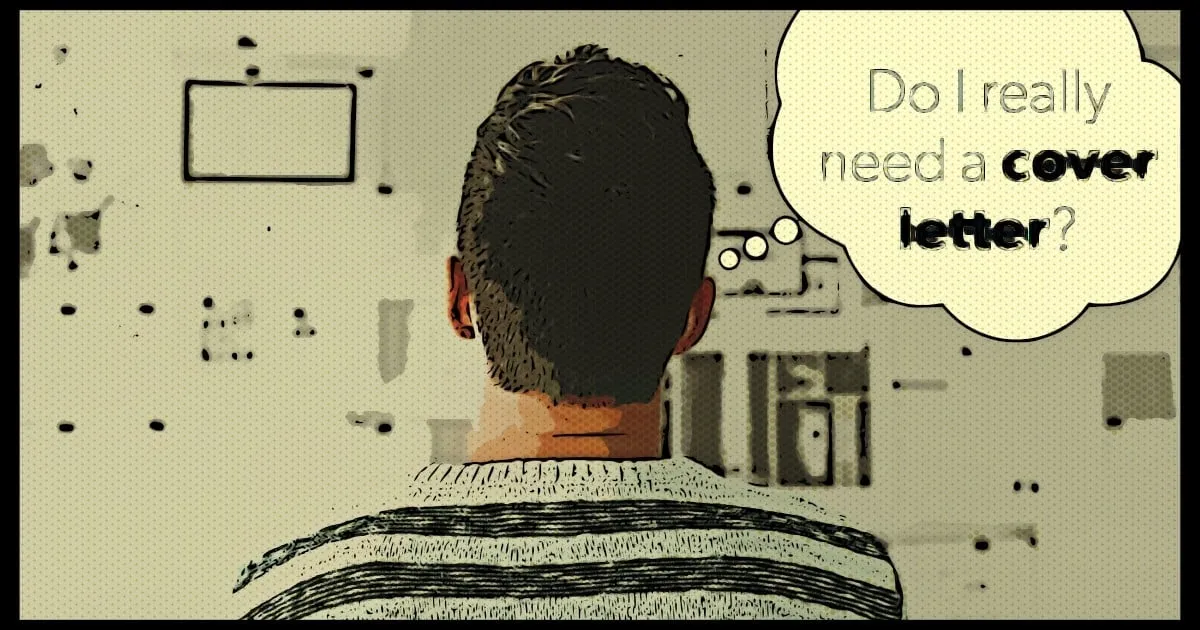
A winning cover letter typically includes several key components that work together to make a strong impression. These elements are critical in capturing the hiring manager’s attention and persuading them to consider your application seriously. Your letter should open with a professional greeting, followed by a concise and engaging opening paragraph that states your interest in the position and the company. The body of the letter should highlight your relevant skills and experience, using specific examples to demonstrate your accomplishments. You should also express your enthusiasm for the opportunity and explain why you are a good fit for the company culture. A strong closing paragraph should reiterate your interest, summarize your key qualifications, and include a call to action, such as requesting an interview.
Contact Information Formatting It Correctly
Begin your cover letter with your contact information at the top. Include your full name, phone number, email address, and optionally, your LinkedIn profile URL or personal website. Ensure this information is accurate and easy to read. Proper formatting makes it simple for recruiters to contact you promptly.
The Greeting How to Address the Hiring Manager
Address the hiring manager directly if possible. If you know their name, use ‘Dear Mr./Ms. [Last Name]’. Researching the hiring manager’s name shows you’ve put in the effort. If you cannot find a name, use a general greeting like ‘Dear Hiring Manager’ or ‘Dear [Company Name] Hiring Team’. Avoid generic greetings like ‘To Whom It May Concern’, as they can make your application feel impersonal.
Opening Paragraph Grab Their Attention Immediately
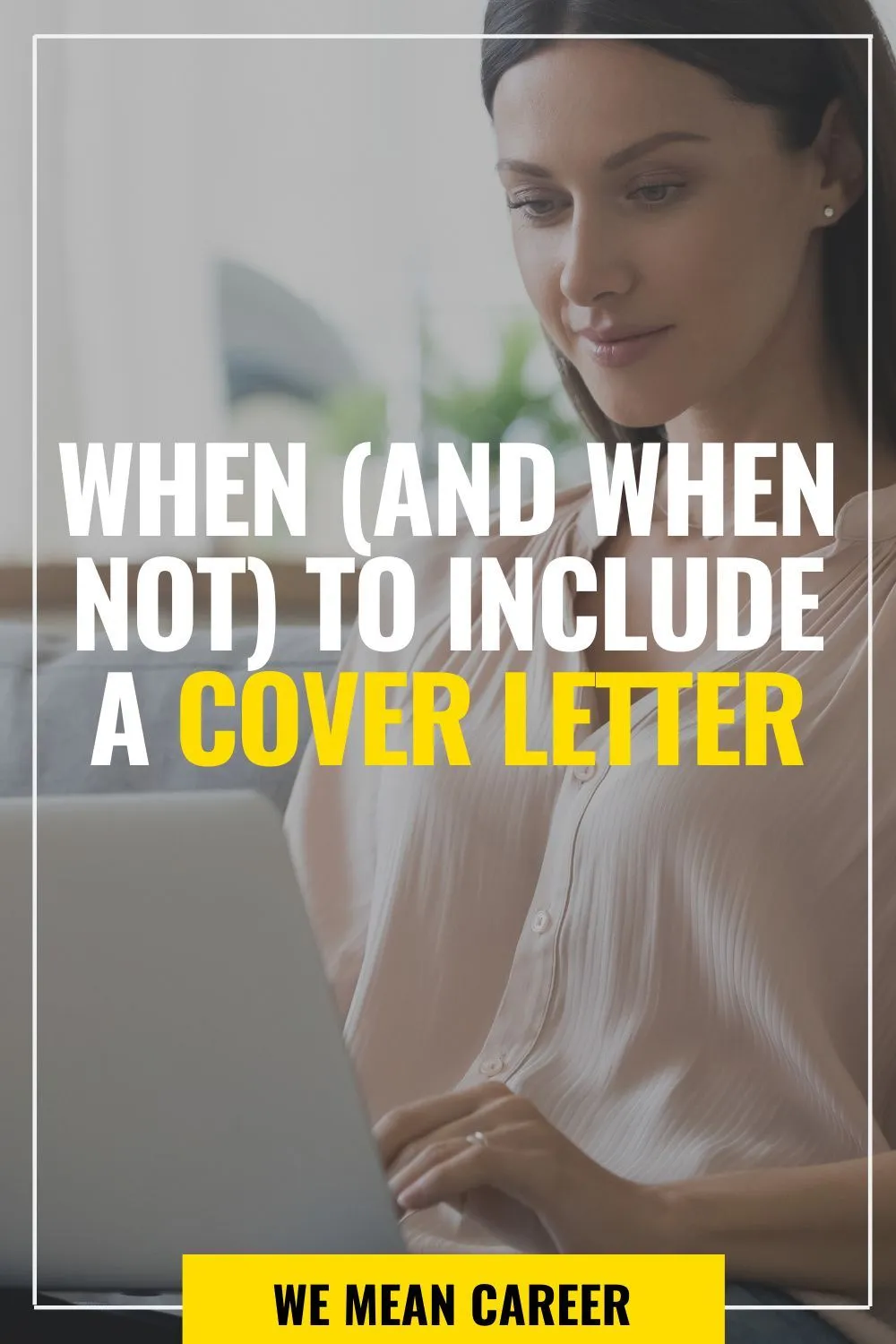
The opening paragraph is your chance to hook the reader. Start with a strong statement that immediately captures their interest. Mention the specific position you are applying for and where you saw the job posting. Briefly state why you are interested in the role and the company. Consider using a compelling fact, a brief anecdote, or a statement that reflects your understanding of the company’s needs to create a positive first impression.
Highlighting Your Skills Matching Them to the Job
Carefully review the job description and identify the key skills and qualifications the employer seeks. In the body of your cover letter, highlight your relevant skills and experience, providing specific examples to demonstrate how you have used these skills in past roles. Use action verbs to describe your accomplishments and quantify your achievements whenever possible. Tailor your skills to match the specific requirements of the job, ensuring your cover letter is relevant and focused on what the employer is looking for.
Showcasing Your Accomplishments Quantify Your Impact
Instead of just listing your responsibilities, focus on your accomplishments. Use the STAR method (Situation, Task, Action, Result) to tell a compelling story about your achievements. Quantify your accomplishments whenever possible. Instead of saying ‘Improved customer satisfaction’, say ‘Increased customer satisfaction by 15% through implementing a new feedback system’. Provide numbers, percentages, or specific metrics to demonstrate the impact you made in previous roles.
Expressing Your Enthusiasm Demonstrate Your Interest
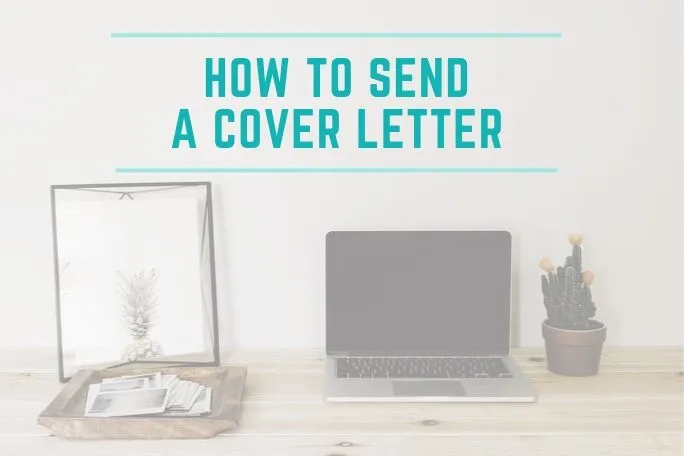
Show genuine enthusiasm for the position and the company. Explain why you are excited about the opportunity and what motivates you to apply. Research the company thoroughly and demonstrate your understanding of their mission, values, and recent achievements. Mention specific aspects of the company or role that appeal to you, and explain how your skills and experience align with their goals. A genuine display of enthusiasm can make a significant difference.
Closing the Deal How to End Your Cover Letter
Your closing paragraph should reiterate your interest in the position and summarize your key qualifications. Reiterate your enthusiasm for the opportunity and reiterate your value to the company. Thank the hiring manager for their time and consideration and express your eagerness to discuss your qualifications further. Make sure your closing paragraph is concise, professional, and leaves a positive lasting impression.
Call to Action Encourage the Next Step
End your cover letter with a clear call to action. This encourages the hiring manager to take the next step, such as scheduling an interview. You can state that you are available for an interview at their earliest convenience. Make sure the call to action is polite, professional, and demonstrates your eagerness to move forward in the hiring process. A well-crafted call to action can significantly improve your chances of getting a response.
Formatting Your Cover Letter Make It Readable
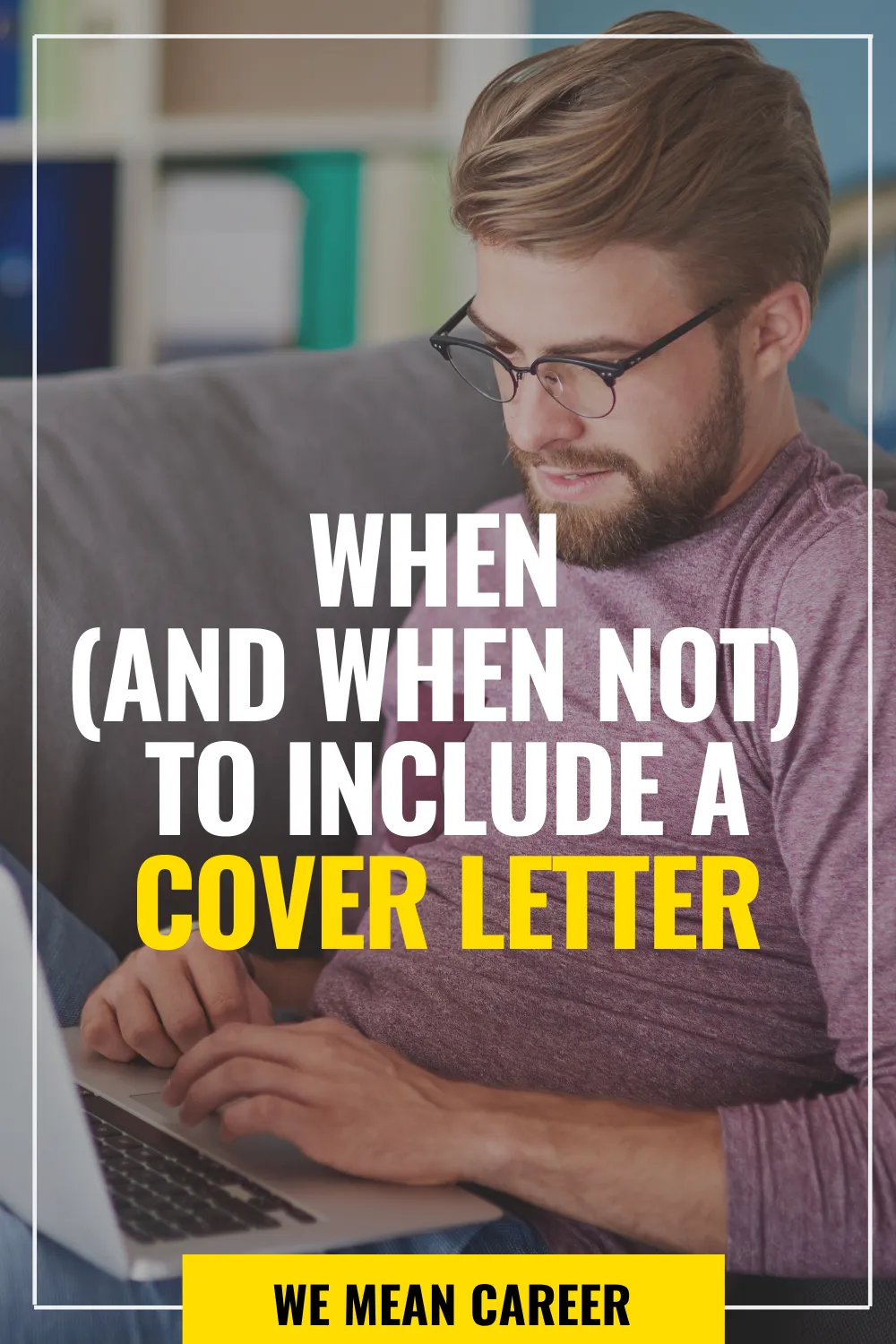
The appearance of your cover letter is just as important as its content. Use a professional and easy-to-read font like Times New Roman, Arial, or Calibri. Keep the font size between 10 and 12 points. Use single or 1.15 line spacing and leave adequate margins (typically 1 inch on all sides). Divide your letter into clear paragraphs with headings, and ensure your text is well-aligned. A clean and well-formatted cover letter demonstrates attention to detail and makes it easier for the hiring manager to read.
Font and Layout Guidelines
Choose a professional font like Times New Roman, Arial, or Calibri. Ensure the font size is between 10 and 12 points. Maintain consistent formatting throughout your cover letter. Use left alignment, and avoid excessive use of bolding or italics. A clean and consistent layout makes your cover letter easy to read and visually appealing.
Proofreading and Editing Avoid Mistakes
Proofread your cover letter multiple times for any grammatical errors, spelling mistakes, or typos. Errors can damage your credibility. Check for consistent use of tense and correct punctuation. Read your letter aloud to catch any awkward phrasing or sentences that don’t flow well. Ask a friend or family member to review your cover letter as a fresh pair of eyes can often spot errors you might miss.
Tools for Proofreading
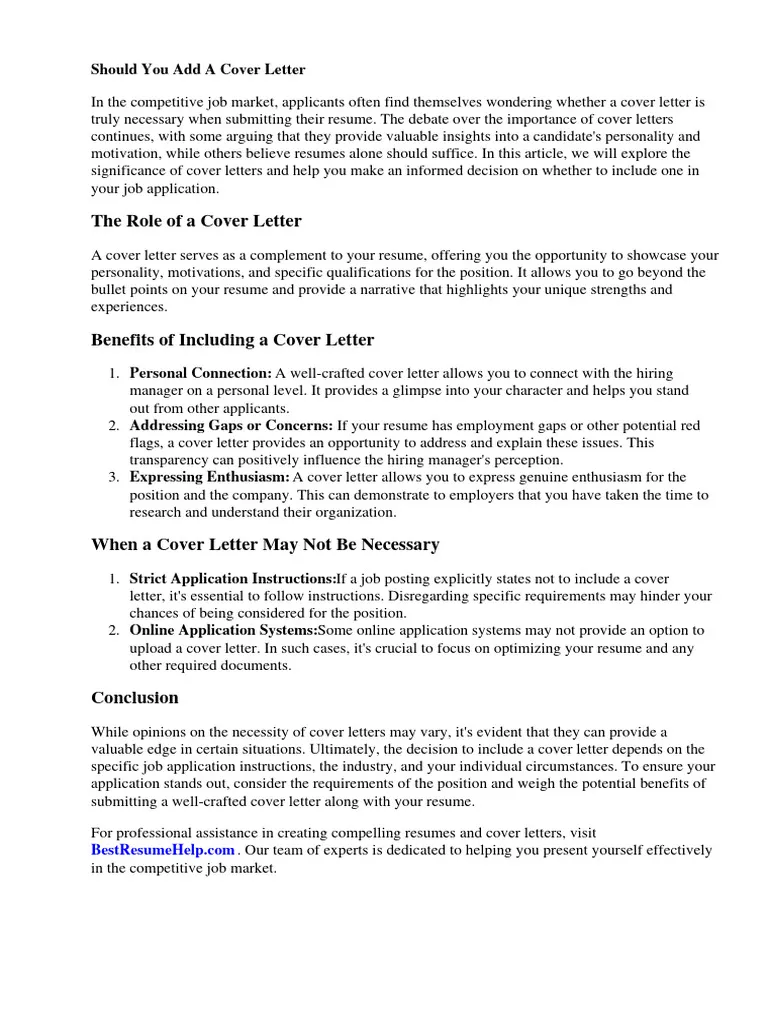
Utilize grammar and spell-checking tools such as Grammarly or Microsoft Word’s built-in features. These tools can help catch common errors. However, do not rely solely on these tools. Always read your cover letter carefully and manually check for any mistakes that the tools might miss. Review your cover letter multiple times to catch errors that you may have overlooked during the initial proofreading.
Cover Letter Examples Learn from the Best
Reviewing cover letter examples can provide inspiration and guidance when writing your own. Search for examples that are specific to your industry or the type of role you are applying for. Pay attention to the structure, tone, and language used in the examples. Customize the examples to fit your unique skills and experience. Remember that while examples can be helpful, your cover letter should be original and reflect your personality and qualifications.
Cover Letter for Different Job Types
The format and content of your cover letter should be adapted to the specific type of job you are applying for. For example, a cover letter for a creative role may be more informal and showcase your creativity through its design. A cover letter for a technical role should emphasize your technical skills and specific projects. For a government job, ensure your letter adheres to any specific requirements or guidelines outlined in the job posting. Customizing your cover letter to the specific job requirements demonstrates your attention to detail and tailoring skills.
Common Cover Letter Mistakes Avoid These Pitfalls
Avoid common cover letter mistakes, such as using a generic template, not tailoring your letter to the specific job, and making grammatical errors. Don’t simply repeat your resume; your cover letter is your opportunity to highlight the most relevant skills and experience. Be mindful of the tone of your cover letter. Make sure it’s professional and enthusiastic. Avoid using clichés or overly formal language. Ensure your cover letter aligns with the company’s values and the job description.
Sending Your Cover Letter Best Practices
Follow best practices when sending your cover letter. Always attach your cover letter and resume as separate documents, usually in PDF format unless the job posting specifies otherwise. Use a professional email address. The subject line of your email should clearly state the job title and your name. Customize your email message, and avoid sending a generic email to multiple employers. Double-check that your cover letter is error-free before submitting.
File Format and Name
Save your cover letter as a PDF to preserve its formatting and ensure it is accessible on different devices. Name the file with your name and the job title. For example, ‘John_Doe_CoverLetter_MarketingManager.pdf’. This makes it easier for the recruiter to identify and manage your application.
Follow Up After Submission
If you don’t hear back within the timeframe specified in the job posting (or within a couple of weeks), it’s appropriate to follow up. Send a polite email to the hiring manager or the contact person, reiterating your interest in the position. Briefly mention your qualifications and express your eagerness to discuss the opportunity further. Keep your follow-up concise and professional. This shows your enthusiasm and attention to the hiring process.
